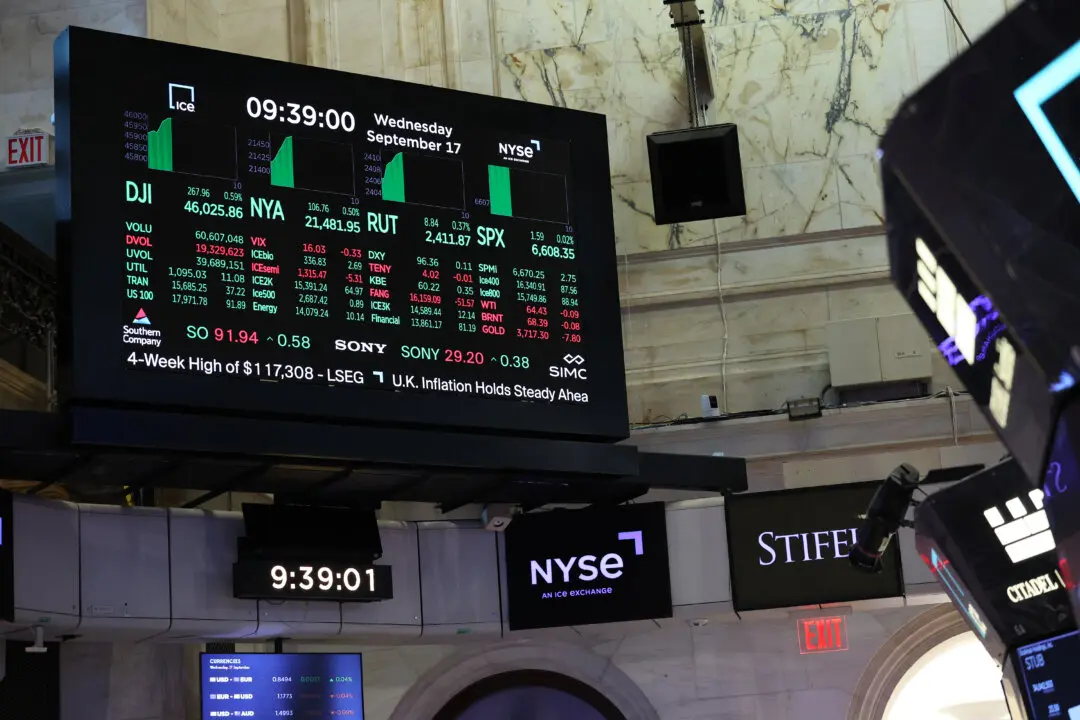Inflation in the United States is the highest it has been in over 40 years.
The latest data from the Bureau of Labor Statistic’s Consumer Price Index (CPI) show an 8.6 percent increase before seasonal adjustment for the all items index. This is the biggest 12-month increase since December 1981, but it’s not the only concerning number in the report.






